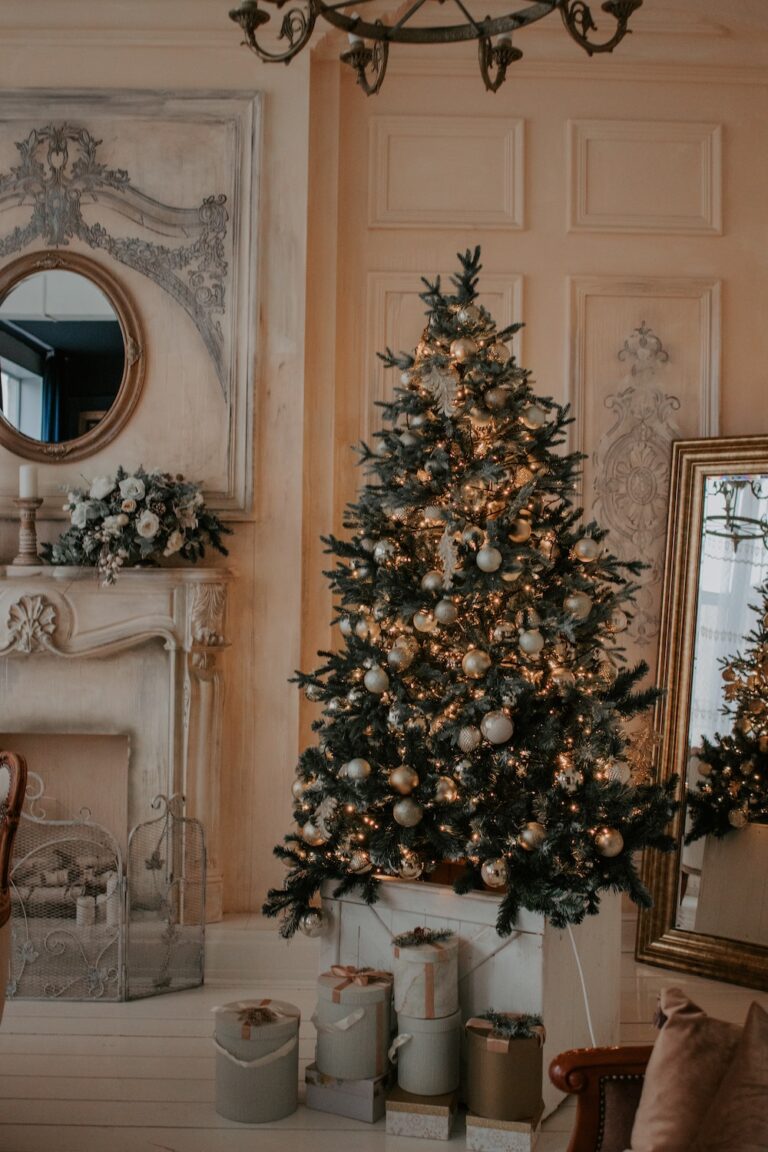Less is More: Minimalist Bedroom Designs
In our busy, chaotic lives, we need a place to escape, a place where we can feel calm, relaxed, and we can unwind and recharge. It’s no surprise that as the demands of our daily lives seem to increase and everything moves at a faster pace, one of the responses has been to create uncluttered or minimalist safe havens in order to counteract stress. Minimalism is one of the hottest home decor trends this year, creeping into every space from minimalist kitchens and home offices, to minimalist living room designs. It is particularly apparent in bedroom design, and for very good reason, since this is where we do most of our relaxing and recharging. Getting the desirable look is actually a little more complicated than the uncomplicated appearance may suggest, so here are some back-to-basics bedroom design steps to help you really optimize your minimalist aesthetic.

How to Create a Minimalist Bedroom
Ultimately, like the 1950’s artistic movement that it borrows from, minimalism in home décor is not simply about decorating with cold color pallets and creating sterile bare rooms. Instead, it’s about respecting space—more specifically respecting empty space—and all design elements, from color use to textile and furniture choice, are used very precisely and intentionally to achieve this minimalist aesthetic. The secret to a minimalist bedroom design is to harness a sense of organization, practicality and functionality, and clutter-free thinking. Here are a few design elements to consider when gong minimalist.

- Bedframe
The sparser the better. Most minimalist designs incorporate a bedframe that is merely a resting place for the mattress—a low-profile platform. No headboards and no footboards, and they are usually relatively low to the ground.

- Mattress
Because the bedframe is so understated there are a few rules for mattress choice in a minimalist design. In order to maintain that minimalist balance, the mattress should be thick and prominent, but ideally not thicker than 10 inches or 25cm—this model is 25 cm, if you need a visual example. The goal here is to have it work in unison with, and complement the bedframe instead of dominating it, so this might take some pillow top options out of the equation. However, a luscious thick memory foam option—like the example model above that has been getting quite favorable reviews—is the ideal size and won’t compromise on comfort.

- TextilesUltimately you want to go pretty neutral and basic here, so no wild patterns. However, feel free to play with different and interesting textures here. Blend thick and chunky knit throws with luscious down, even fur throws or rugs. Just because the color schemes and patterns are minimal, doesn’t mean you can’t get really creative with texture contrasts.
- Color Scheme
Although traditionally sticking to whites and blacks, or going with a grey color scheme, are the most popular ways to achieve a minimalist aesthetic, this is not a rule. If you don’t want a cooler color scheme, choose a tone that you enjoy. The trick is to use it sparingly and with great thought to where it shows up. A color accent is often the ideal way to bring pattern and depth into your design, and can serve really well in textiles, throw pillows, rugs, etc. Just be sure not to overdo it or incorporate busy designs and energetic colors, otherwise you will very quickly lose that minimalist element.
- Lighting
Go for lighting that is both decorative and functional. Embrace natural light where possible and go with simple window coverings, or even forego them all together. Keep the rest of the lighting elements decorative and well placed. Hanging lights are great, freeing up space on the ground and respecting space.
- Furniture Accents
Again, like the lighting, these few choice pieces should be both aesthetically pleasing and practical, serving both a decorative and functional role. Shelves should be sparse and minimal, but be intriguing to look at as well as providing practical storage or holding other decorative elements. Bedside tables or other furniture in the room should be minimal and stick to simplistic lines. Going for unique accent pieces are usually a good way to go, for example a crate bedside table or even using stacked books; feel free to think outside the box.
- Art and Decoration
Whatever art and decoration you choose to incorporate should lend something to the space of the room and should respect the space within the piece itself. Resist the urge to hang many things on the walls, allowing for that bare space to be maintained. Single prints of meaning can be incorporated, but don’t go with gallery photo walls or overly large prints or paintings. Actually the more bare the walls the better.











